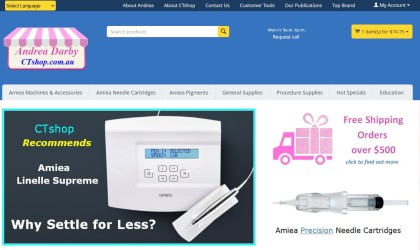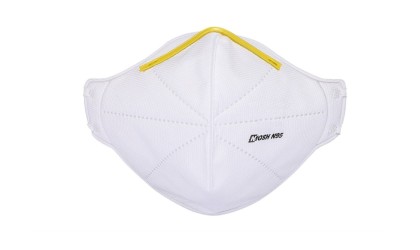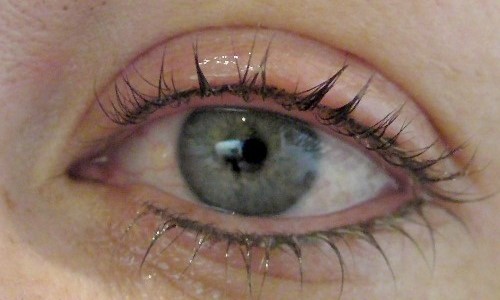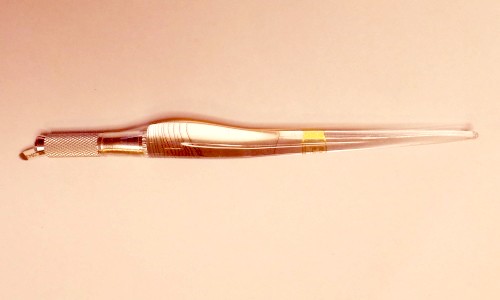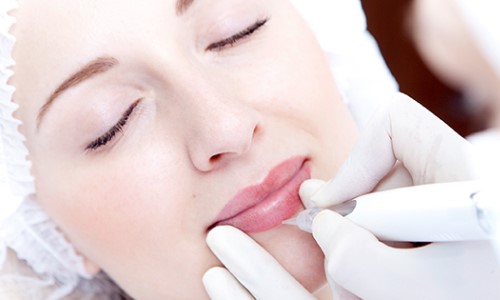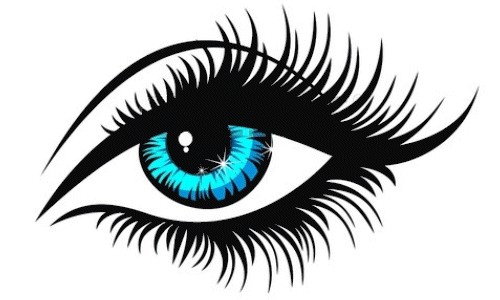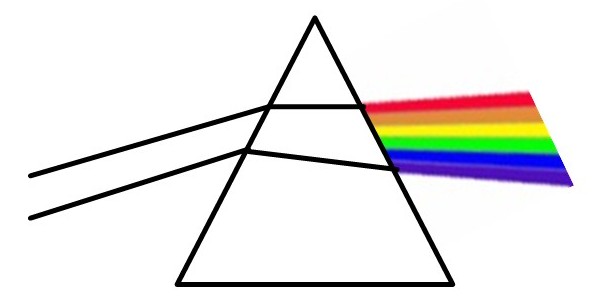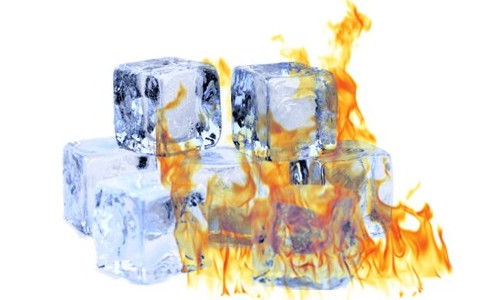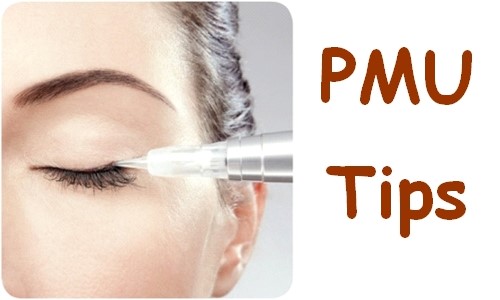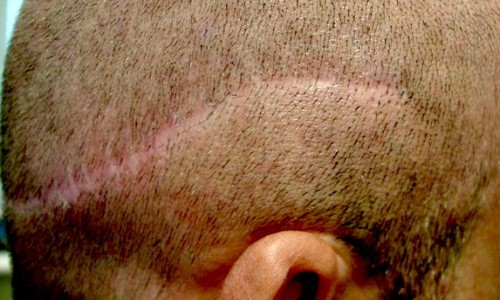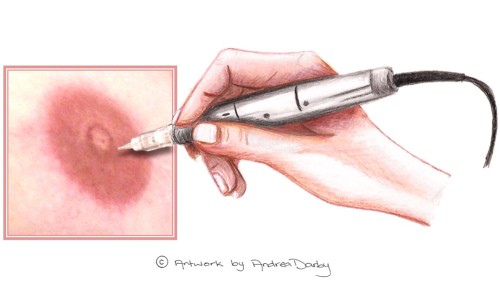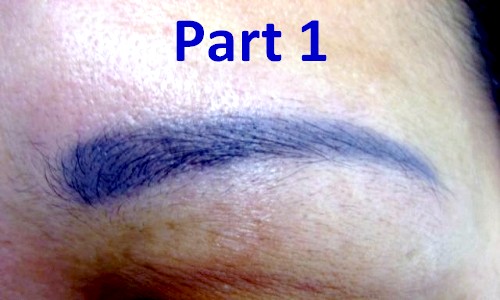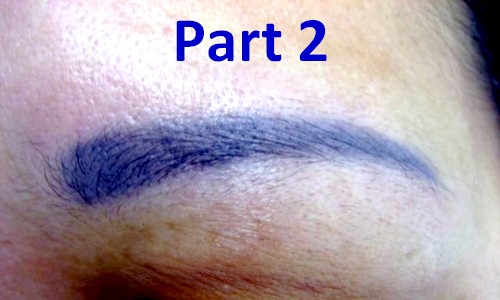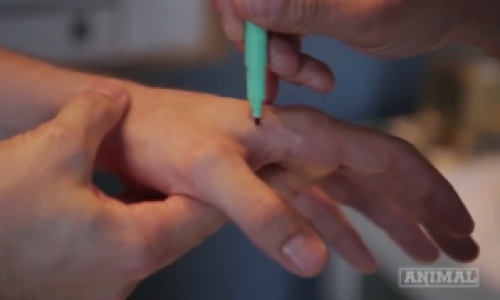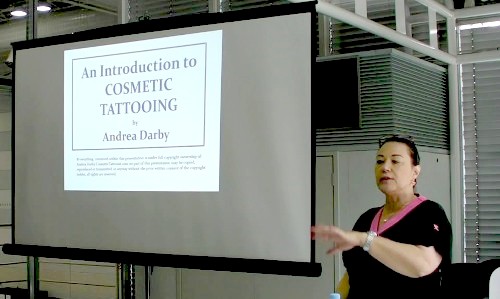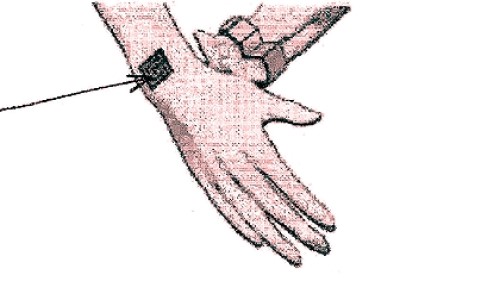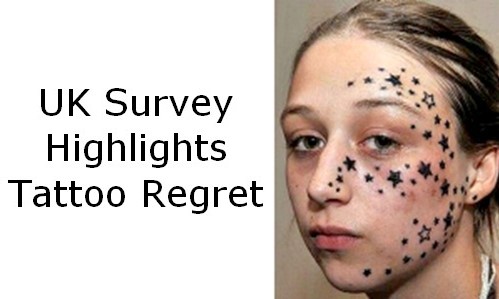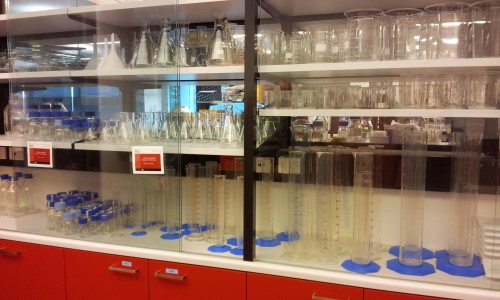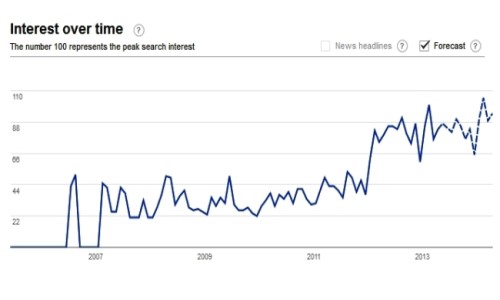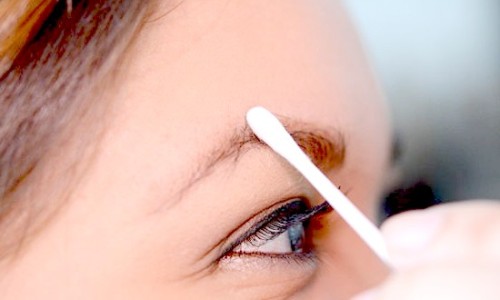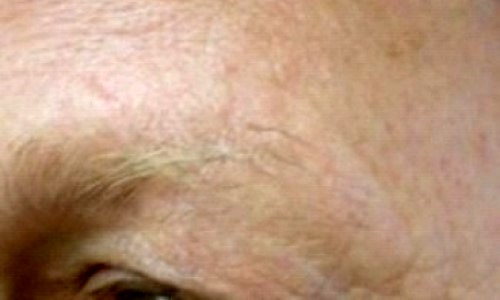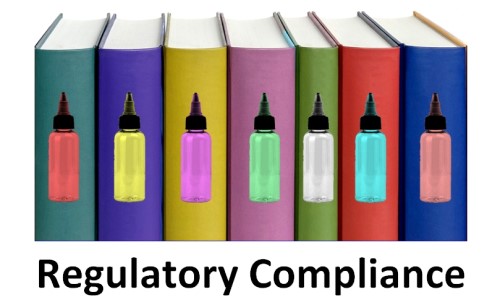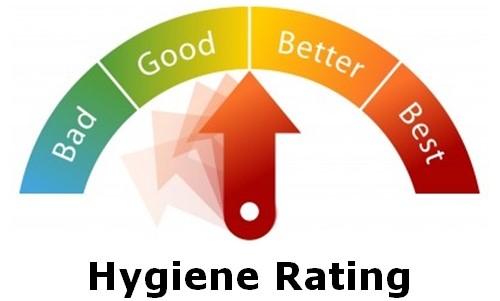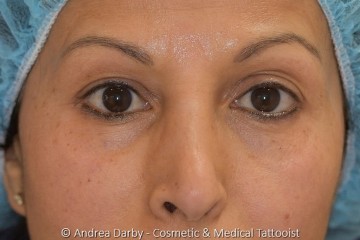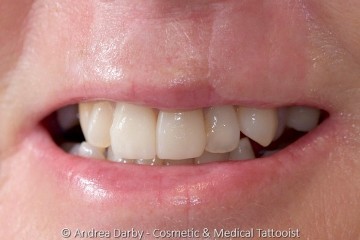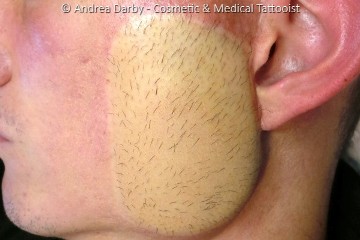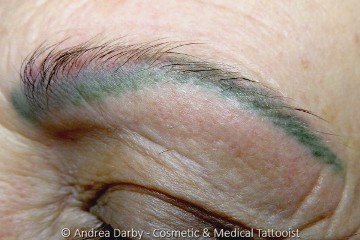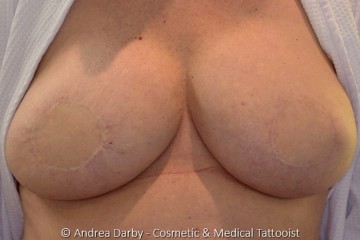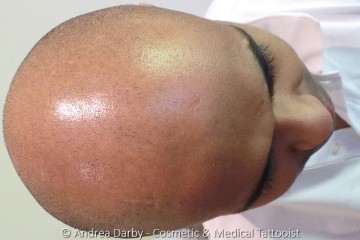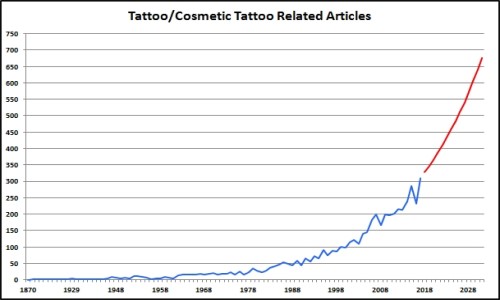Cart is empty
Home/Our Publications/Educational Articles/The SCAPP Scale - Personalising the Micropigmentation Service
The SCAPP Scale - Personalising the Micropigmentation Service
29/07/2014
by Andrea Darby - Master Medical Tattooist & Industry Educator
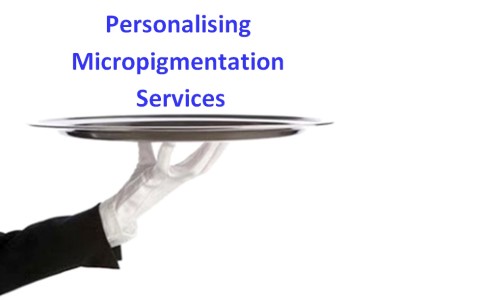
Understanding your clients natural disposition can help you to personalize their service and increase satisfaction levels, in this article I discuss how your assess your clients disposition with a few simple questions..
▼ Continue Reading ▼
|
Introduction We have come to accept that products and services are provided to consumers with a one size fits all approach, the customer experience has become less personalised and more of a homogenised experience. Airlines provide seating with a set amount of space allocated regardless of your body size, restaurants provide meals via a set menu with limited scope for personal changes, clothing and footwear comes in set sizes for the 'average' person. Even within the health care and personal services industries there are frequently strict limitations on the personalisation of the service that is available. Large companies invest a great deal of money into finding ways to trigger consumer buying by using techniques that will affect the human herd, one example of this is some research conducted by the Dutch neuro-marketing company Neurensics in conjunction with a radio station and the media company Mindshare they used functional Magnetic Imaging to observe brain activity when their subjects were listening to radio commercials and they found that adverts with a sound logo were more effective at activating areas of the brain that influenced buying behaviour. In fact the effects of sound in influencing buying behaviour of the human herd is well established, three psychologists (A. North, D. Hargreaves, and J. McKendrick) found that when French music was played in a supermarket the store sold 5 times as much French wine1. Most of us are aware that venturing outside of a standard range of products and services into a customised offering generally involves a significant increase in cost therefore we tend to accept the homogenised consumer experience and we conform to the standard offering. However some companies are rediscovering that small adjustments to personalise the way in which products and services are provided to consumers can significantly improve the experience for the consumer and increase satisfaction levels and this can flow through to the company's bottom line. With so much expectation for us to conform to standard offerings of goods and services and subtle techniques used by large companies to influence us as a human herd it is sometimes easy to forget that we are all individuals and we have our own unique reactions to situations that affect our overall experience and satisfaction level. Two almost identical clients/patients could be provided exactly the same micropigmentation service, in exactly the same way with almost identical outcomes and yet they may perceive the experience very differently, one may feel it was a positive experience with a positive outcome and the other may have a different perspective. Part of what affects our perceptions about an experience is our natural disposition or in other words our individual tendency to behave or react in a certain way in specific types of situations. For example a group of people (the herd) may be drawn towards live music being played in a public venue but some individuals may do the opposite perhaps because they feel stressed in situations with loud noise or because they are particular about what type of music that they prefer to listen to. Genome Medicine recently published an interesting article on the challenges within the UK healthcare system to providing personalised medicine to patients2 one of the greatest challenges to personalising healthcare is finding a way to do so without increasing costs. During routine pre treatment consultations 287 micropigmentation clients (221 female, 66 male) were asked to provide self assessments or assessments were made based upon the clients answers to questions during the interview in relation to 5 factors related to their natural disposition as compared to others. We referred to our questionnaire by the acronym the SCAPP scale3 a score of 1-5 was given to each question based upon how strongly the answer applied to the client thus providing a minimum overall score of 5 and a maximum score of 25, a neutral result was taken to be a score of 3 on all of the questions amounting to total of 15.
Group A: those that had a score of 4 or more on any individual question 29.3% (n84/n287) The two study groups were compared to the control group on the basis of 7 criteria;
Below is a summary of the results of the study relative to our assessment criteria of the study groups.
Those who scored 4 or more for Stress (n12), 5 or more for Choice (n8), 4 or more for Pain (n16), 5 or more for Analgesia (n20), or 5 or more for Precise (n22), frequently required more time to be allocated to the treatment appointment.
After the procedure clients were asked to provide a number between 1-10 to indicate the level of discomfort with 1 being no discomfort and 10 being the maximum discomfort that would be endurable by them. Though it is worthy of note that those with high scores for Precise appeared to be more related to an exaggerated anticipation of discomfort rather than actually describing that they experienced higher levels of discomfort.
Of those who scored 4 or more for Stress (n4/n12), or 5 or more for Precise (n4/n22) indicated they experienced some slight anxiety during the procedure but overall the clients in all groups felt their anxiety levels were under control.
Significantly two clients who had scored 5 or more for Precise (n22) indicated heightened sensitivity to comments by others about the change in their appearance even though the comments were positive in nature.
With each client in the respondent group the service was adjusted according the individual clients needs, for example; additional time was allocated at various stages of the treatment as required, additional discussion and information as required, extra attention to pain management as required, focus on techniques for stress/anxiety alleviation as required, additional support post treatment as required and follow up changes as requested. This provided results on a client needs basis for assessment of correlation with our pre treatment SCAPP questionnaire. Self ratings and ratings allocated based upon answers to questions during the initial consultation were remarkably accurate in predicting which clients would require additional time or reassurance at various stages prior to, during or after their cosmetic tattoo treatment and clients across all groups reported a high degree of satisfaction with the personalisation of the service.
Establishing the clients natural disposition in relation to 5 key areas is a quick and simple method of personalising the service for the client at the various stages of their treatment and it also assists the technician to predict which clients may require more time allocated to different stages of the treatment and the specific types of support that may be required for the client which can assist with appointment time management. Personalising the service for the individual client adds to satisfaction level of the client and can be provided without an onerous impact on the cost base of the technician. Click here to view a copy of the SCAPP Scale.
Acknowledgment Special thanks to those clients who agreed to participate in our short study. References
Date of most recent revision: 29/07/2014 (mutatis mutandis) Copyright © 2014 CTshop.com.au & the article author All Rights Reserved. No copying, transmission or reproduction of site content is permitted without our prior written consent.
Printing Restriction: This article is print disabled, please read our Intellectual Property & Copyright Policies if you would like to request a copy or permission to use the article content for any purpose. |
Main Menu
- Eyeliner Tattooing vs Dry Eye
- MicroBlading - First Things First
- Cosmetic Tattoo Training Standards
- Carcinomas in Tattoos a Statistical Anomaly
- Lash or Brow Growth Enhancing Serums & Tattooing
- What Influences the Colour of a Cosmetic Tattoo?
- Hygiene Protocols Update : Surface Cleaning Wipes
- Preventing & Managing Disputes
- Warm vs Cool Colours
- Age of The Alpha Metrosexual
- Who Will Buy a Poorly Iced Cake?
- Australia now has a Board Certified MicroPigmentation Instructor
- Robot Tattooists?
- Postcards From Birmingham
- The SCAPP Scale - Personalising the Micropigmentation Service
- How to Choose Your PMU Artist
- Scalp MicroPigmentation - More Than Just Ugly Scars?
- Permanent Eyeliner - Avoiding Complications
- Personal Protective Equipment - Are You Covered?
- 3D Nipple Tattooing a New Service?
- Why Do Cosmetic Tattoos Change Colour? - (Part 1)
- Why Do Cosmetic Tattoos Change Colour? - (Part 2)
- Smart Tattoos Are They The Future?
- Presentation: Adding Cosmetic Tattoo to Your Salon
- Cell Phone Vibrating Tattoos
- UK Survey - One Third Regret Their Body Art Tattoo
- Collaborating & Consulting with Dr. Linda Dixon
- Stem Cell Research - Inside the Lab
- When Marketing Via News Media Goes Wrong
- Client Pre-Treatment Screening Questionnaire
- Permanent Makeup Google Search Trends
- Potential Causes of Nosocomial Type Infections in the Salon-Clinic Setting
- Topical Anaesthetics & Cosmetic Procedures
- Introduction to the Fundamentals of Colour Perception
- Clients With Unexplained Loss of Outer Eyebrow Hair
- Hyperpigmentary Skin Conditions & Cosmetic Tattooing
- Cosmetic Tattooing & MRI’s - Diametric Particle Agitation Hypothesis (DPA)
Site News Selection
Educational Article Selection
Regulatory Article Selection
Client Case Studies Selection
Science Library Selection
Complete regrowth of hair following scalp tattooing in a patient with alopecia universalis
31/01/2023
Atypical Intraepidermal Melanocytic Proliferation Masked by a Tattoo: Implications for Tattoo Artist
20/09/2018
Chemical conjunctivitis and diffuse lamellar keratitis after removal of eyelash extensions
26/08/2018
Scarless Breast Reconstruction: Indications and Techniques for Optimizing Aesthetic Outcomes
07/04/2018
High speed ink aggregates are ejected from tattoos during Q‐switched Nd:YAG laser treatments
28/03/2018
Unveiling skin macrophage dynamics explains both tattoo persistence and strenuous removal
08/03/2018
Granulomatous Tattoo reaction with Associated Uveitis successfully treated with methotrexate
08/02/2018
Identification of organic pigments in tattoo inks & permanent make-up using laser mass spectrometry
07/02/2018
Microbiological survey of commercial tattoo and permanent makeup inks available in the United States
03/02/2018



